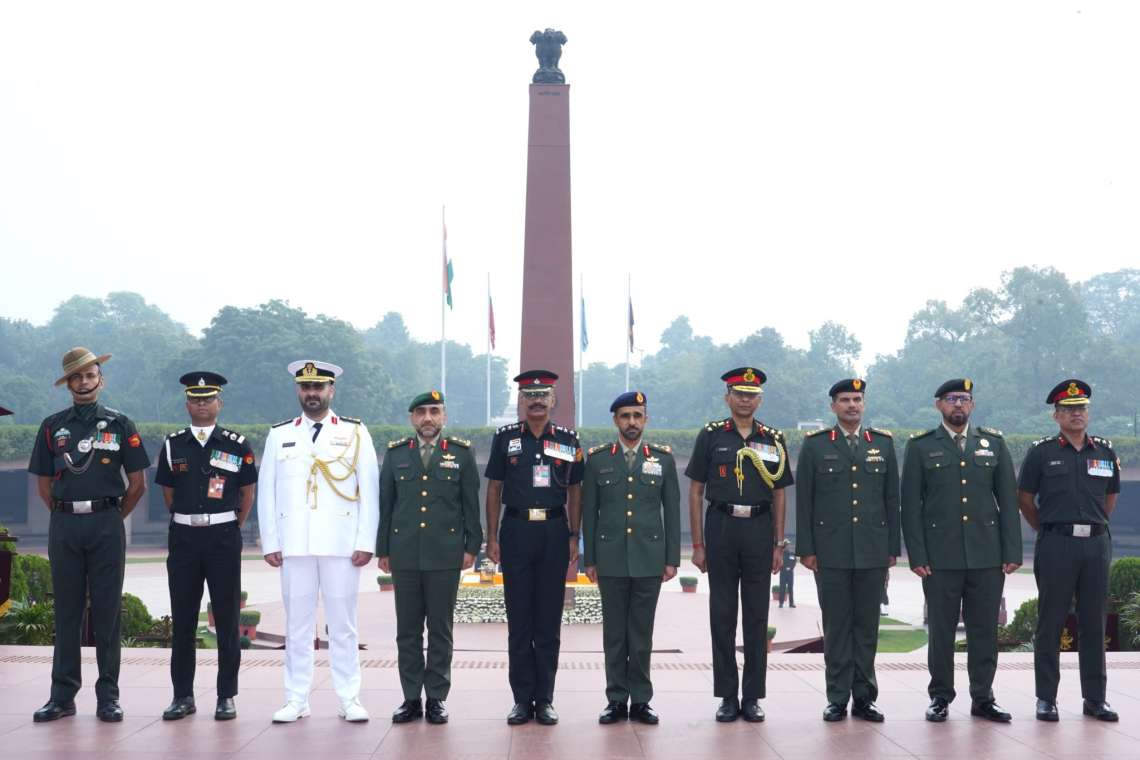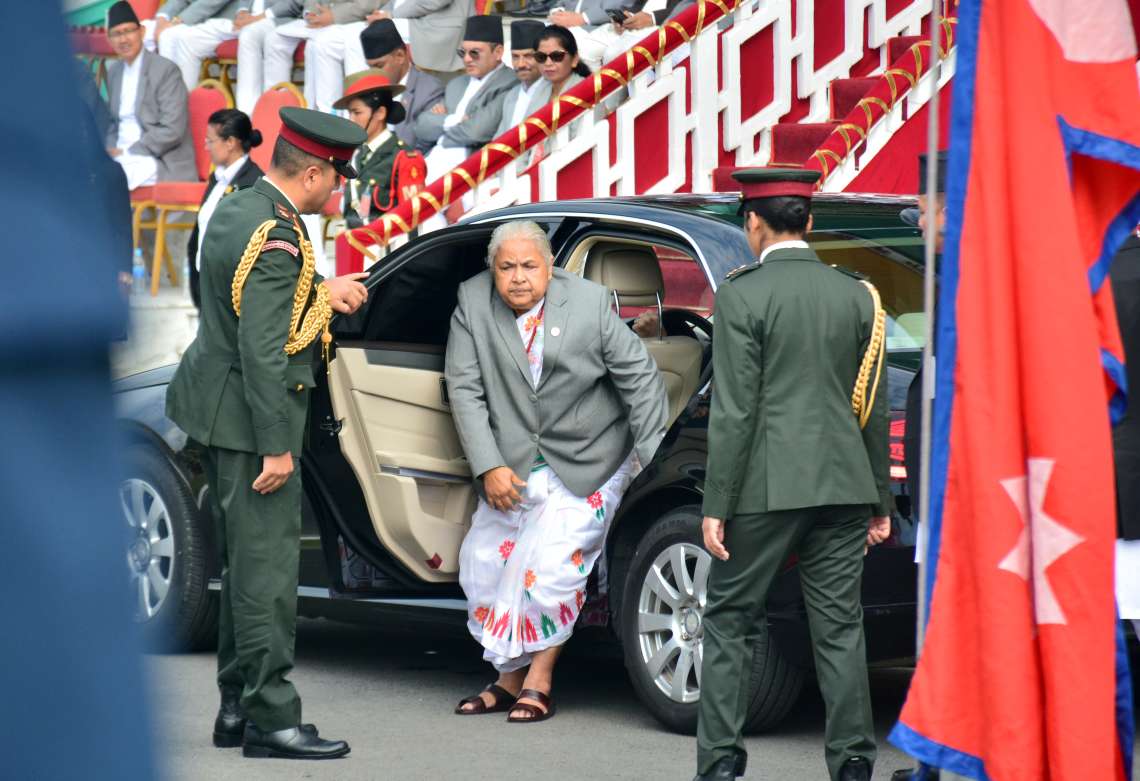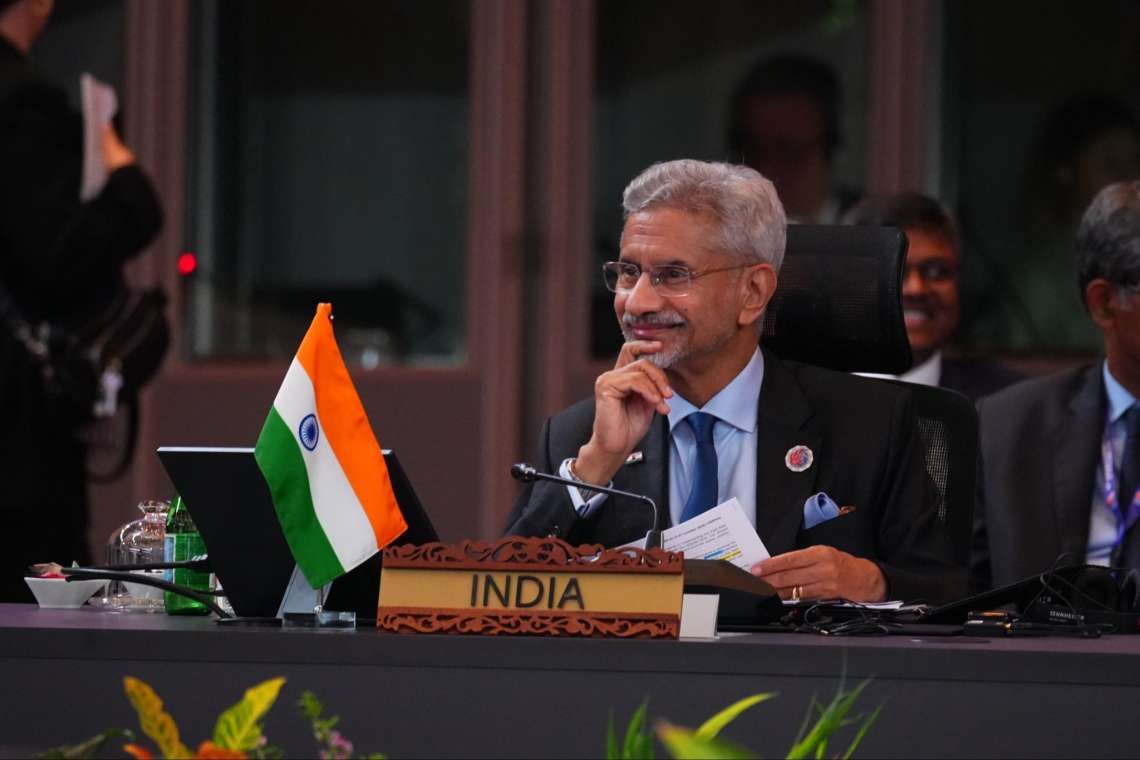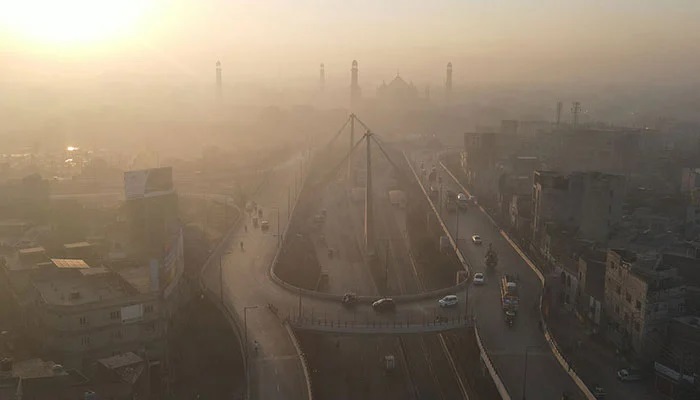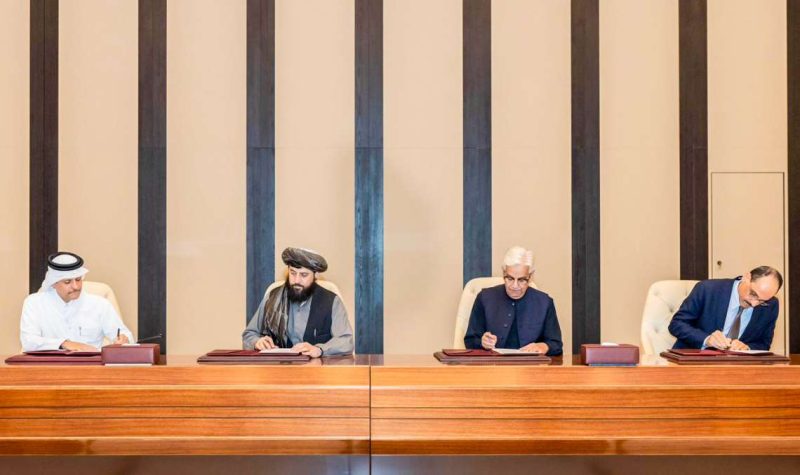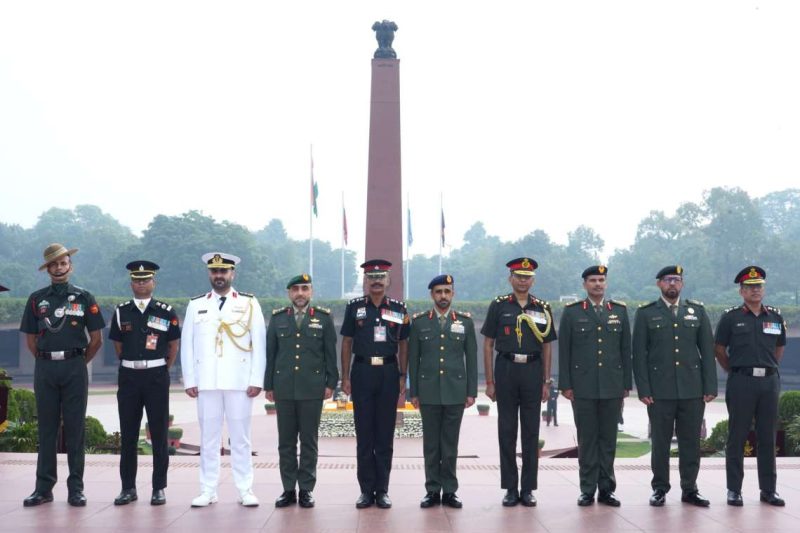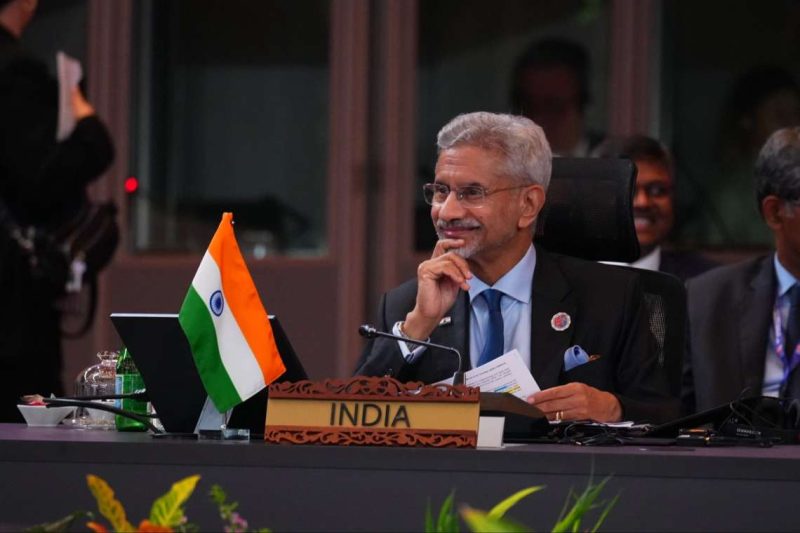Warnings issued in Rasuwa, Dhading and Nuwakot; fears mount after glacial breach, rising rivers, and twin tremors rock Himalayas
A deluge of rainfall in southern Tibet early Wednesday has sent alarm bells ringing across Nepal, where rising river levels and previous flood damage have put multiple districts on high alert. Authorities in Rasuwa, Dhading, and Nuwakot districts are urging caution following sudden surges in the Trishuli River—a major waterway fed by glacial tributaries flowing in from the Tibetan plateau.
The rain-induced floods come just weeks after a deadly flash flood on July 8, triggered by the collapse of permafrost in Tibet’s high-altitude terrain. That event killed at least seven people and left more than a dozen missing in Nepal’s Rasuwa district after the Lhende River, which originates in Tibet and flows into Nepal, swept away vital infrastructure near the Rasuwagadhi border area.
Officials say the latest round of rain has again raised water levels in the Trishuli River, which flows through Rasuwa’s Uttar Gaya and Kispang areas. The District Disaster Management Committee has been mobilised, and local police and administrative units are working closely with rural municipalities to respond to the threat. Assistant Chief District Officer of Rasuwa, Dhruba Prasad Adhikari, told ANI that residents in low-lying coastal areas must remain on alert and follow all safety advisories.
“Floodwaters are continuing to rise from the Rasuwagadhi region, which has already experienced disaster this month,” Adhikari said. “We urge cooperation from the public as we mobilise response teams across vulnerable areas.”
Neighbouring districts have also issued flood warnings, with the District Administration Offices in Nuwakot and Dhading urging residents along the riverbanks to brace for potential flash floods. The warnings follow reports from Nepal’s Department of Hydrology and Meteorology, which noted a sudden spike in river levels fed by the Lhende and its glacial sources.
Glacial Breach and Permafrost Melting
Investigations into the July 8 flash flood have pointed to a sudden rupture in long-frozen permafrost near the Lhende River’s source. The area, situated near Gosainkunda Rural Municipality-1, is rich in glacial tributaries—at least four of which originate on the Tibetan side of the border. The terrain there comprises compacted snow, rock, and soil that remains frozen below 0°C year-round.
However, rising global temperatures and increased rainfall have destabilised the permafrost, experts say, creating conditions ripe for landslides and glacial outbursts. Even light precipitation in these zones can have catastrophic consequences due to the fragile structure of the frozen layers.
The Lhende River joins the Trishuli River downstream from the Nepal-China Friendship Bridge at Rasuwagadhi—a crossing point that was itself washed away in the July 8 disaster. Glacial contributions from the Tibu and Purupe glaciers, as well as another tributary near Langtang Himal, feed the Lhende’s rapid flow. At least seven glacial lakes dot the Tibetan side of the catchment zone, with an additional smaller lake located in Nepal’s Dudhkunda area.
Earthquakes Strike Tibet Hours Apart
Adding to the geological instability, Tibet was rocked by two moderate earthquakes on Wednesday—the same day as the heavy rains. According to India’s National Center for Seismology (NCS), the first quake struck at 6:58 AM IST with a magnitude of 4.3, followed by a second tremor at 11:31 AM measuring 4.0. Both quakes occurred at a shallow depth of 10 kilometres, increasing the potential for surface-level damage and aftershocks.
“EQ of M: 4.0, On: 30/07/2025 11:31:02 IST, Lat: 28.32 N, Long: 87.65 E, Depth: 10 Km, Location: Tibet,” the NCS posted on social media platform X (formerly Twitter). Earlier in the day, a similar post had recorded the initial tremor, marking a day of seismic unrest in the already flood-affected region.
Experts warn that shallow earthquakes—those that occur within 70 km of the Earth’s surface—tend to be more dangerous than deeper ones, as their energy reaches the surface with greater force. While no damage has yet been reported from the quakes, the tremors underscore the region’s geological fragility.
Tectonic Pressures Mount
Nepal and Tibet lie along one of the most seismically active fault lines in the world. The Indian tectonic plate continues to push northward into the Eurasian plate, creating tectonic uplift and mountain-building activity in the Himalayas. This constant pressure not only raises the heights of Himalayan peaks but also results in frequent earthquakes and periodic land shifts.
Combined with the changing climate, the region is experiencing heightened levels of risk—from glacial lake outburst floods (GLOFs) to unstable slopes and melting permafrost. The incidents on July 8 and July 30 reflect a growing pattern of natural threats in Himalayan zones.
For now, local officials are relying on satellite imagery, geologists, and disaster response teams to monitor the situation. However, with more rain forecast in parts of Tibet and Nepal, authorities fear additional glacial lakes or permafrost zones could rupture, bringing further devastation downstream.
Residents in high-risk areas have been asked to avoid riverbanks, limit travel, and prepare for potential evacuations if water levels continue to rise. The fragile topography, combined with climate change and tectonic pressures, means this Himalayan stretch could remain on high alert for weeks to come.



